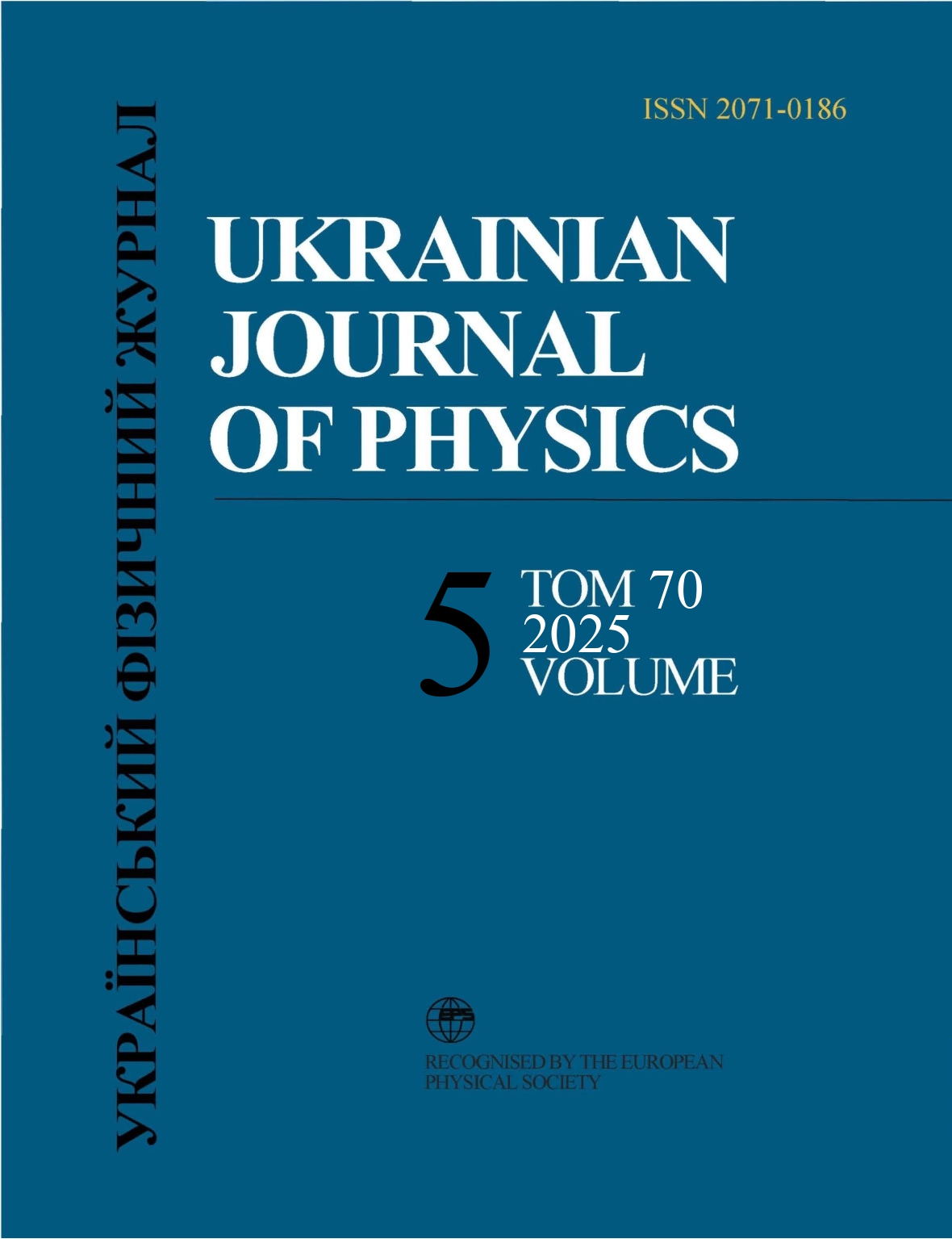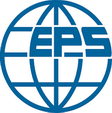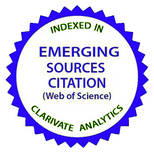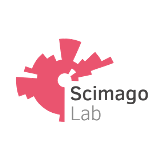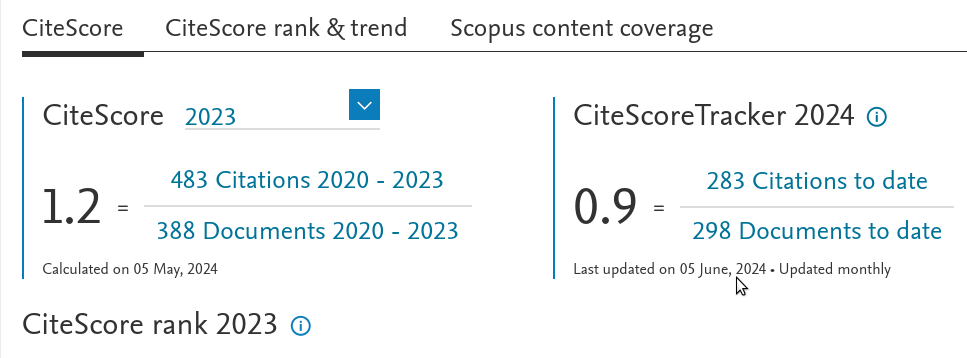Influence of Glucose on Cartilage Tissue Structure: Physical Mechanism
DOI:
https://doi.org/10.15407/ujpe70.5.344Keywords:
cartilage tissue, glucose, shear complianceAbstract
We propose a mechanism according to which the introduction of glucose into cartilage tissue changes the structure of this tissue. Cartilage tissue is considered to be a porous medium, where the role of solid component is played by collagen fibers and layers where proteoglycans are located. Collagen chains that connect the aforementioned objects are adsorbed on the surface of the fibers and the layer. The thermodynamic features of the links of adsorbed chains have been determined. It was shown that glucose molecules, being introduced into cartilage tissue, partially displace the adsorbed chains from the fiber surface. These chains cover cracks that may appear in the fiber under the action of external loads, which leads to a reduced rigidity of proteoglycan layers. A conclusion has been drawn that the introduction of glucose molecules enlarges the shear compliance of cartilage tissue. This conclusion is confirmed by experimental results obtained for a model system, gelatin gel, whose structure is considered to be similar to that of cartilage tissue.
References
1. O.D. Lutsyk, Y.B. Chaikovskiy, R.O. Bily. Histology. Cytology. Embryology (New Book, 2020) (in Ukrainian).
2. J. Eschweiler, N. Horn, B. Rath et al. The biomechanics of cartilage - an overview. Life 11, 302 (2021).
https://doi.org/10.3390/life11040302
3. V. Klika, E.A. Gaffney, Ying-Chun Chen, C.P. Brown. An overview of multiphase cartilage mechanical modelling and its role in understanding function and pathology. J. Mech. Behav. Biomed. Mater. 62, 139 (2016).
https://doi.org/10.1016/j.jmbbm.2016.04.032
4. O.R. Sch¨atti, L.M. Gallo, P.A. Torzilli. A model to study articular cartilage mechanical and biological responses to sliding loads. Ann. Biomed Eng. 44, 2577 (2016).
https://doi.org/10.1007/s10439-015-1543-9
5. O.A. Bur'yanov et al. Osteoarthritis (Lenvit, 2009) (in Ukrainian) [ISBN: 978-966-8995-31-6].
6. Yoo-Sin Park et al. Intra-articular injection of a nutritive mixture solution protects articular cartilage from osteoarthritic progression induced by anterior cruciate ligament transection in mature rabbits: a randomized controlled trial. Arthritis Res. Therapy 9, 1 (2007).
https://doi.org/10.1186/ar2114
7. D. Alderman. Prolotherapy for musculoskeletal pain. Pract. Pain Manag. 7, 1 (2007).
8. I. Uthman, J-P. Raynauld, B. Haraoui. Intra-articular therapy in osteoarthritis. Postgrad Med. J. 79, 449 (2003).
https://doi.org/10.1136/pmj.79.934.449
9. R.A. Hauser, J.B. Lackner, D. Steilen-Matias et al. A systematic review of dextrose prolotherapy for chronic musculoskeletal pain. Clin. Med. Insights Arthritis Musculoskelet Disord. 9, 139 (2016).
https://doi.org/10.4137/CMAMD.S39160
10. L.A. Bulavin, K.I. Hnatiuk, Yu.F. Zabashta, O.S. Svechnikova, V.I. Tsymbaliuk. The shear modulus and structure of cartilage tissue. Ukr. J. Phys. 67, 277 (2022).
https://doi.org/10.15407/ujpe67.4.277
11. Yu.F. Zabashta, V.I. Kovalchuk, O.S. Svechnikova, L.Yu. Vergun, L.A. Bulavin. Deformation and the structure of cartilage tissue. Ukr. J. Phys. 69, 329 (2024).
https://doi.org/10.15407/ujpe69.5.329
12. Yu.F. Zabashta, M.M. Lazarenko, L.Yu. Vergun, O.S. Svechnikova, L.A. Bulavin. Temperature dependence of the shear modulus in concentrated polymer gels: Molecular mechanism. Ukr. J. Phys. 70, 42 (2025).
https://doi.org/10.15407/ujpe70.1.42
13. F. Horkey, P.J. Basser. Composite hydrogel model of cartilage predicts its load-bearing ability. Sci. Rep. 10, 8103 (2020).
https://doi.org/10.1038/s41598-020-64917-1
14. V.C. Mov et al. Biphasic creep and stress relaxation of articular cartilage in compression? Theory and experiments. J. Biomech. Eng. 102, 73 (1980).
https://doi.org/10.1115/1.3138202
15. N.C. Hilgand. Mechanics of Cellular Plastic (Applied Science Publisher LTD, 1982) [ISBN: 0029493900, 9780029493908].
16. L.D. Landau, E.M. Lifshitz. Fluid Mechanics (Elsevier, 2013) [ISBN: 978-0-750-62767-2].
17. L.D. Landau, E.M. Lifshitz. Statistical Physics (Elsevier, 2013) [ISBN: 0080570461].
18. P.-G. de Gennes. Scaling Concepts in Polymer Physics (Cornell University Press, 1979) [ISBN: 978-0801412035].
19. L.A. Bulavin, Yu.F. Zabashta, L.Yu. Vergun, O.S. Svechnikova, A.S. Yefimenko, Interfacial layers and the shear elasticity of the collagen-water system. Ukr. J. Phys. 64, 35 (2019).
Downloads
Published
How to Cite
Issue
Section
License
Copyright Agreement
License to Publish the Paper
Kyiv, Ukraine
The corresponding author and the co-authors (hereon referred to as the Author(s)) of the paper being submitted to the Ukrainian Journal of Physics (hereon referred to as the Paper) from one side and the Bogolyubov Institute for Theoretical Physics, National Academy of Sciences of Ukraine, represented by its Director (hereon referred to as the Publisher) from the other side have come to the following Agreement:
1. Subject of the Agreement.
The Author(s) grant(s) the Publisher the free non-exclusive right to use the Paper (of scientific, technical, or any other content) according to the terms and conditions defined by this Agreement.
2. The ways of using the Paper.
2.1. The Author(s) grant(s) the Publisher the right to use the Paper as follows.
2.1.1. To publish the Paper in the Ukrainian Journal of Physics (hereon referred to as the Journal) in original language and translated into English (the copy of the Paper approved by the Author(s) and the Publisher and accepted for publication is a constitutive part of this License Agreement).
2.1.2. To edit, adapt, and correct the Paper by approval of the Author(s).
2.1.3. To translate the Paper in the case when the Paper is written in a language different from that adopted in the Journal.
2.2. If the Author(s) has(ve) an intent to use the Paper in any other way, e.g., to publish the translated version of the Paper (except for the case defined by Section 2.1.3 of this Agreement), to post the full Paper or any its part on the web, to publish the Paper in any other editions, to include the Paper or any its part in other collections, anthologies, encyclopaedias, etc., the Author(s) should get a written permission from the Publisher.
3. License territory.
The Author(s) grant(s) the Publisher the right to use the Paper as regulated by sections 2.1.1–2.1.3 of this Agreement on the territory of Ukraine and to distribute the Paper as indispensable part of the Journal on the territory of Ukraine and other countries by means of subscription, sales, and free transfer to a third party.
4. Duration.
4.1. This Agreement is valid starting from the date of signature and acts for the entire period of the existence of the Journal.
5. Loyalty.
5.1. The Author(s) warrant(s) the Publisher that:
– he/she is the true author (co-author) of the Paper;
– copyright on the Paper was not transferred to any other party;
– the Paper has never been published before and will not be published in any other media before it is published by the Publisher (see also section 2.2);
– the Author(s) do(es) not violate any intellectual property right of other parties. If the Paper includes some materials of other parties, except for citations whose length is regulated by the scientific, informational, or critical character of the Paper, the use of such materials is in compliance with the regulations of the international law and the law of Ukraine.
6. Requisites and signatures of the Parties.
Publisher: Bogolyubov Institute for Theoretical Physics, National Academy of Sciences of Ukraine.
Address: Ukraine, Kyiv, Metrolohichna Str. 14-b.
Author: Electronic signature on behalf and with endorsement of all co-authors.

